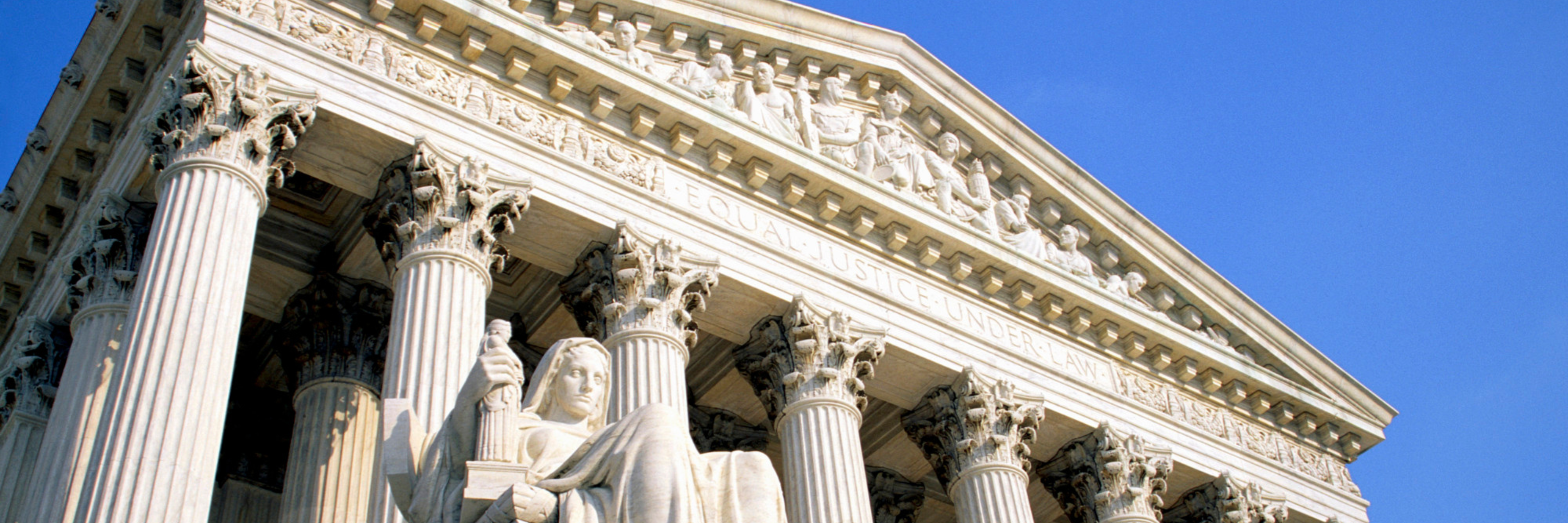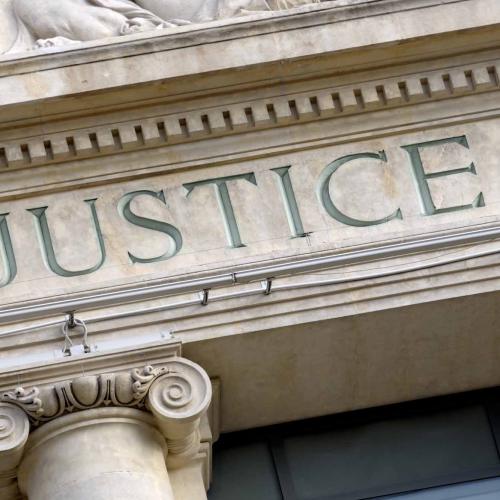The Brady List is a crucial element in the American criminal justice system, designed to safeguard the constitutional rights of defendants to fair trials. The concept of the Brady List originates from the landmark Supreme Court decision in Brady v. Maryland (1963), which established the prosecutorial obligation to disclose exculpatory evidence to the defense. This evidence includes any information that might exonerate the defendant or impeach the credibility of a government witness, particularly law enforcement officers.
Understanding the Brady Rule
The Brady Rule requires prosecutors to disclose any evidence that could be favorable to the defendant. This duty is not limited to evidence of the defendant's innocence; it also encompasses information that could be used to challenge the credibility of prosecution witnesses. This aspect of the rule is particularly relevant when the witness in question is a law enforcement officer with a history of misconduct.
The term "Brady List" refers to a list or database maintained by prosecutors' offices that catalogs law enforcement officers who have engaged in behavior that may be deemed discrediting. This can include acts of dishonesty, excessive use of force, racial bias, or any other misconduct that could potentially impact the integrity of their testimony in court. Officers listed on a Brady List may be considered unreliable witnesses, and their inclusion on such a list could have significant implications for their careers.
Legal Foundations and Development
The Brady List concept is deeply rooted in a series of Supreme Court rulings that expanded upon the principles set forth in Brady v. Maryland. Notably, the decision in Giglio v. United States (1972) further emphasized the requirement to disclose any deal or understanding between the prosecution and a witness that could affect the witness's credibility. This ruling is why the Brady List is sometimes referred to as the "Giglio List."
These legal precedents have established that the failure to disclose Brady material can result in the reversal of convictions, as it undermines the fairness of the trial process. As a result, the maintenance and disclosure of Brady Lists have become a key aspect of prosecutorial duties across the United States.
The Role and Impact of the Brady List
The Brady List serves several critical functions in the justice system:
- Ensuring Fair Trials: By mandating the disclosure of potentially exculpatory or impeaching evidence, the Brady List helps ensure that defendants receive all the information necessary to mount an effective defense.
- Accountability of Law Enforcement: Officers who engage in misconduct are identified and scrutinized, which can deter unethical behavior and promote integrity within law enforcement agencies.
- Public Trust: The transparency provided by Brady Lists can enhance public confidence in the criminal justice system, as it demonstrates a commitment to accountability and fairness.
Challenges and Controversies
Despite its importance, the Brady List system is not without challenges. One of the primary issues is the inconsistency in how these lists are maintained and disclosed across different jurisdictions. Some prosecutors' offices may be more diligent than others in updating and sharing their Brady Lists, leading to disparities in the administration of justice.
Additionally, law enforcement officers who are placed on Brady Lists often contest their inclusion, arguing that it can unfairly damage their careers and reputations. The lack of a standardized process for listing officers and the criteria used can also lead to disputes and legal challenges.
The Brady List is a vital mechanism for upholding the integrity of the criminal justice system. By requiring the disclosure of evidence that could influence the outcome of a trial, it reinforces the fundamental principle that justice must be fair and impartial. While the system has its challenges, particularly regarding consistency and transparency, its role in protecting defendants' rights and promoting accountability within law enforcement remains indispensable.
For more detailed information about the Brady List and related legal precedents, you can visit the Giglio-Brady List Database.




